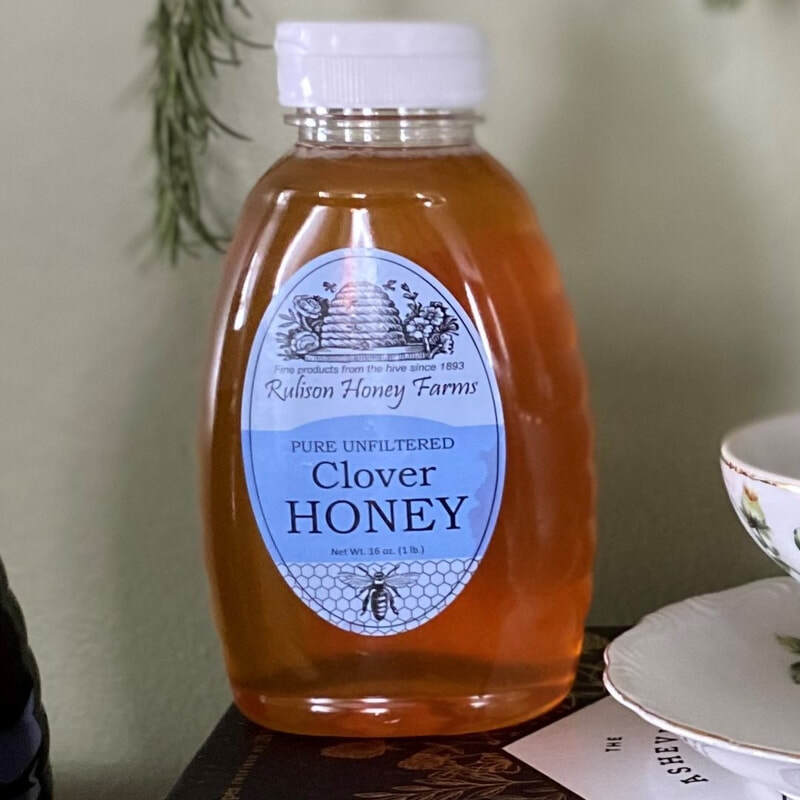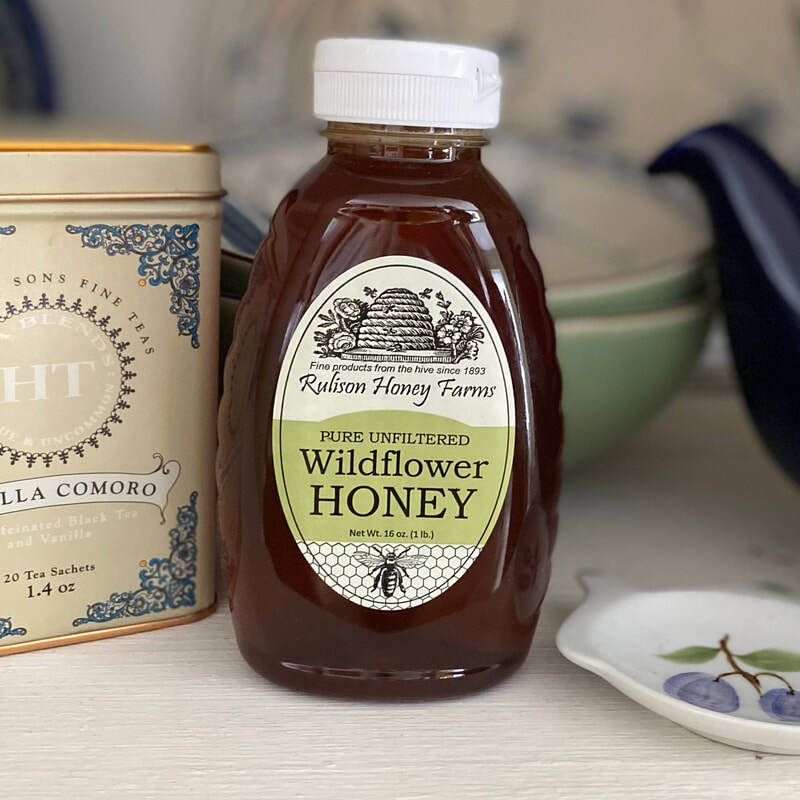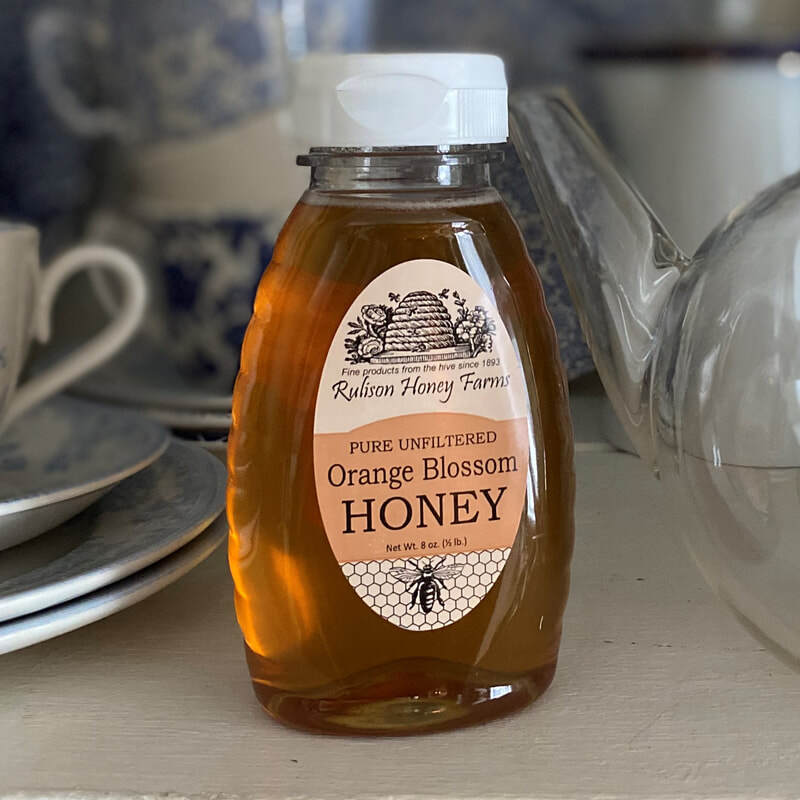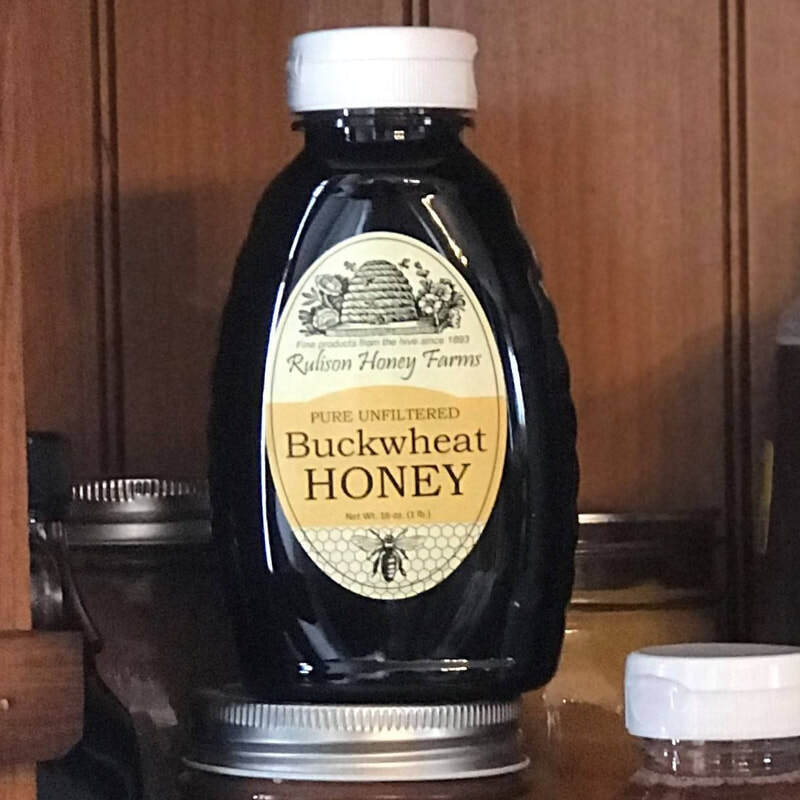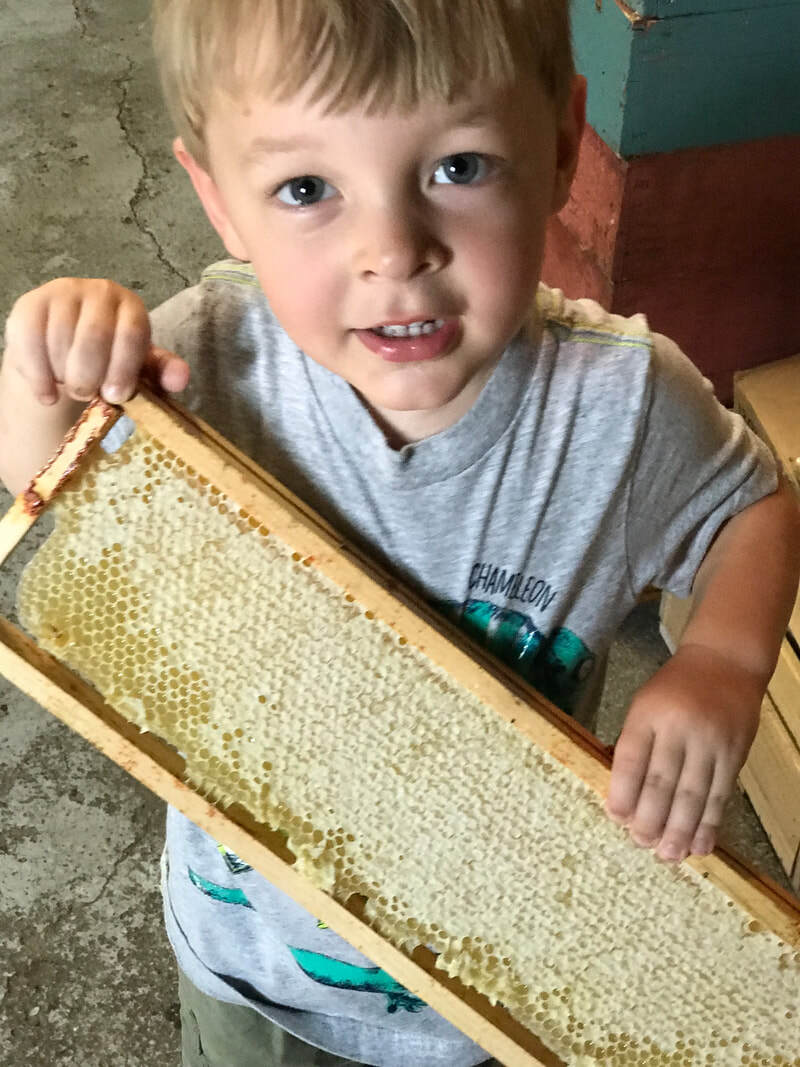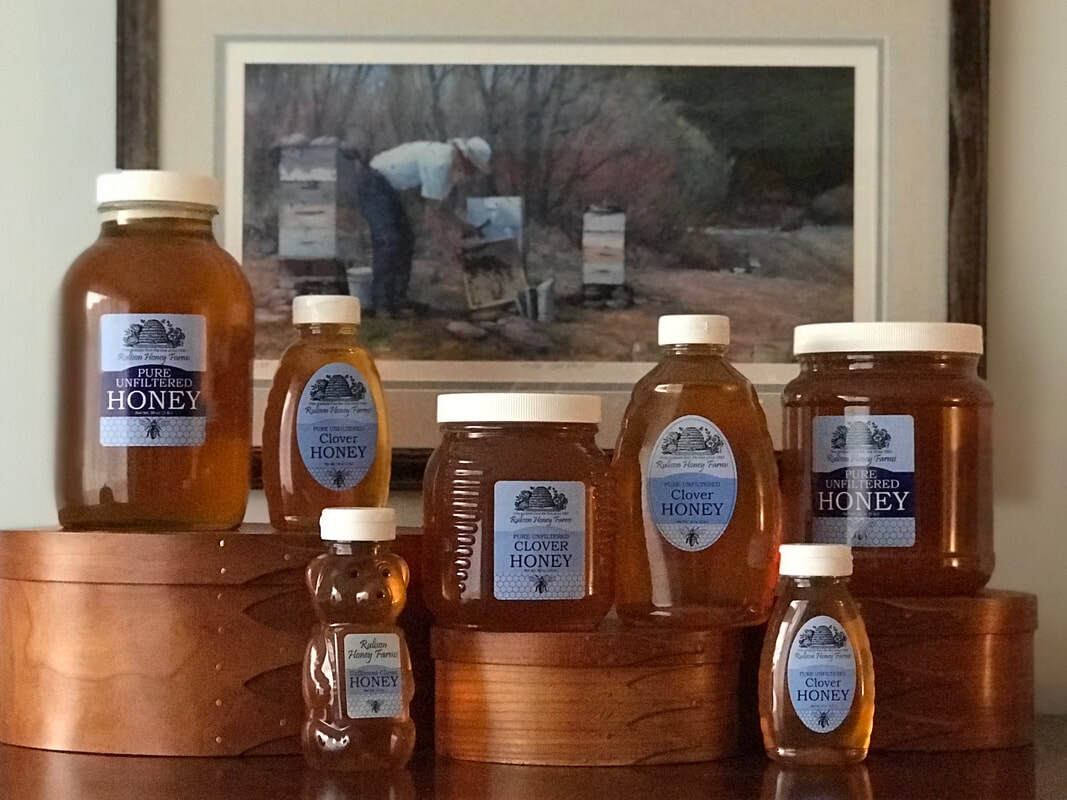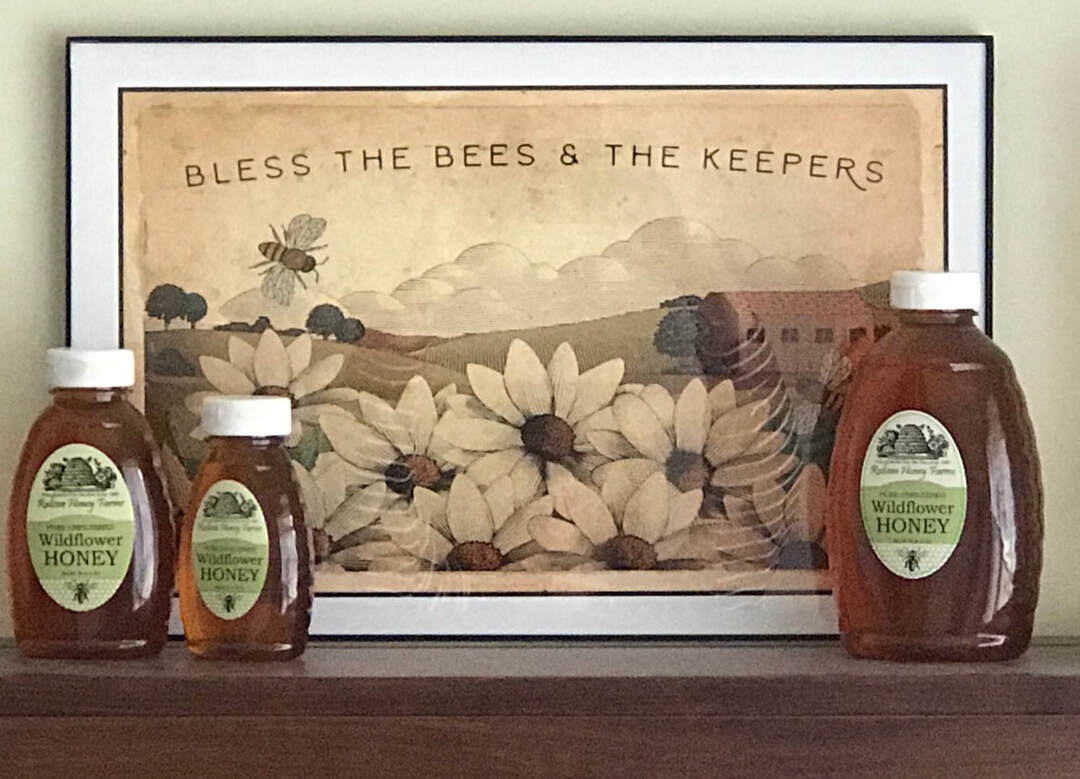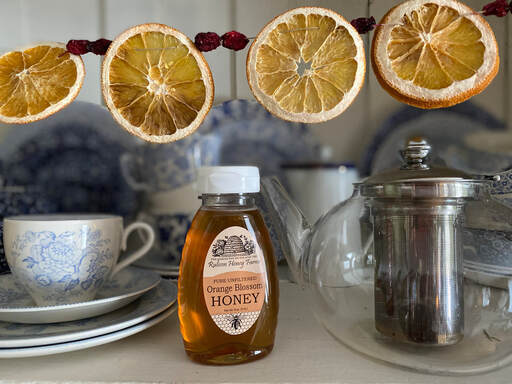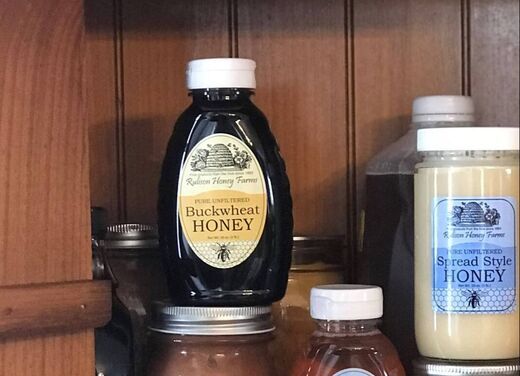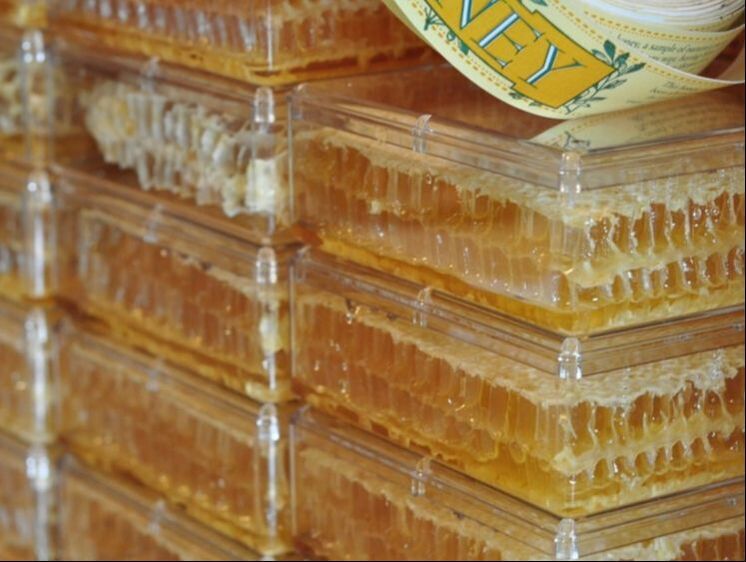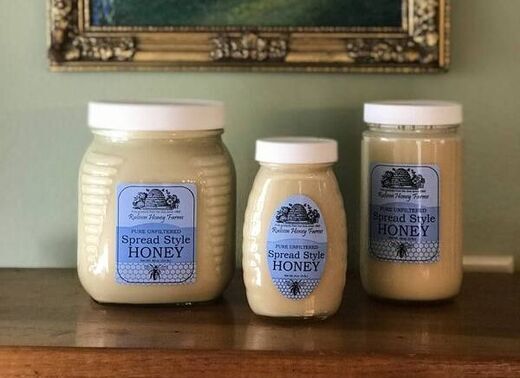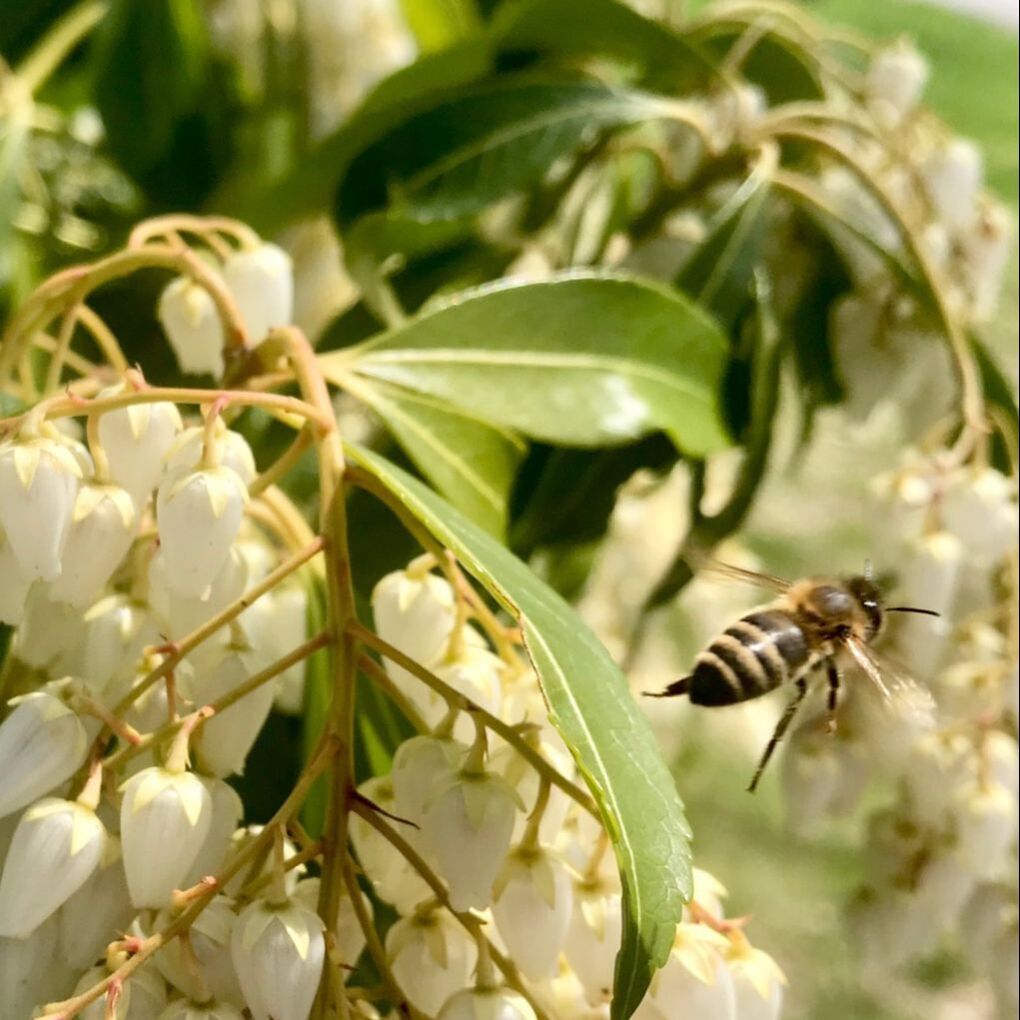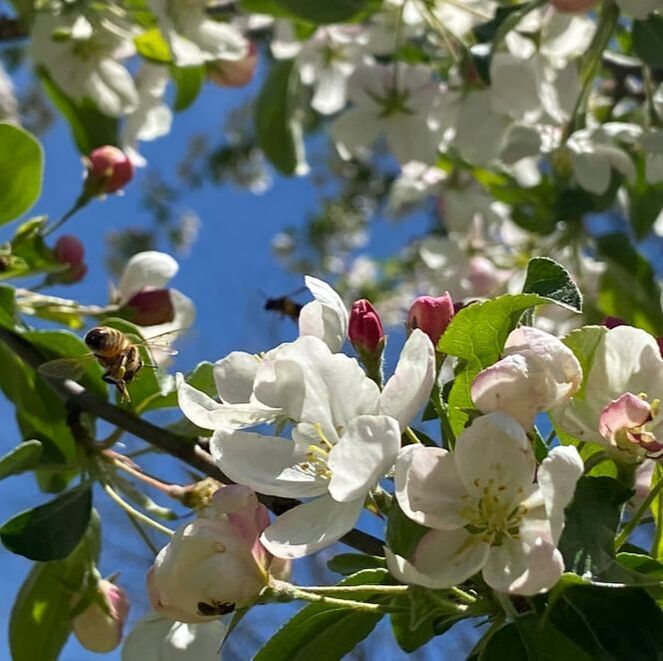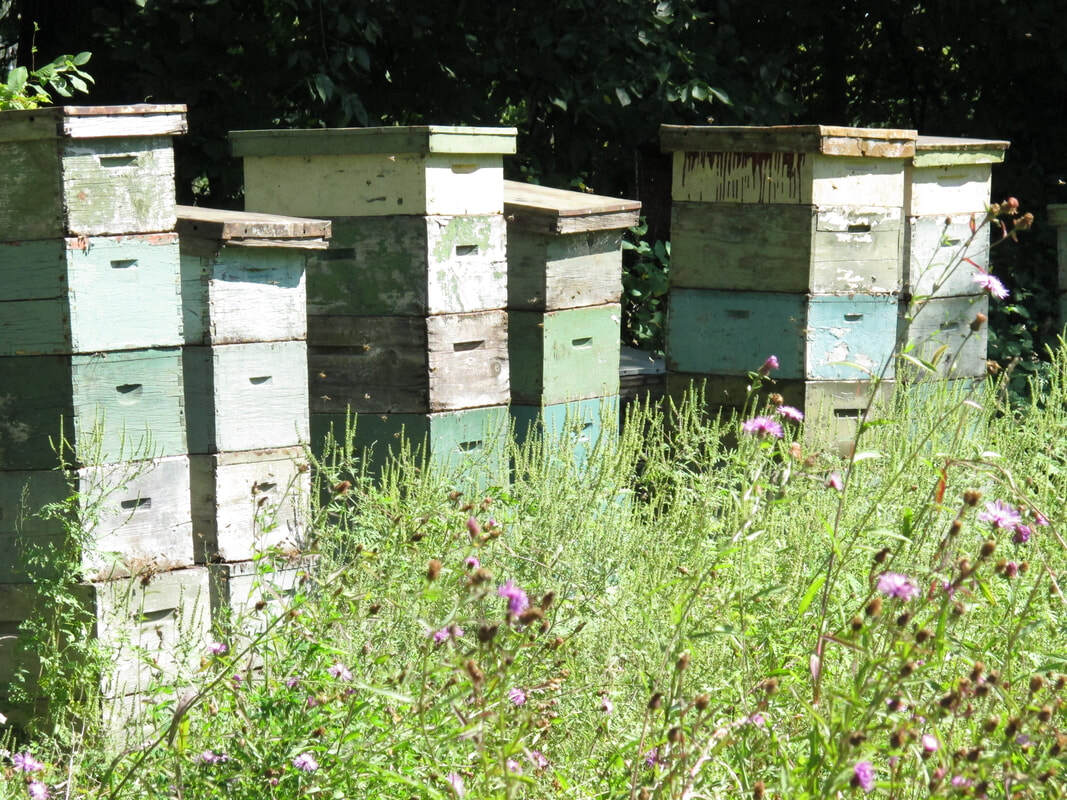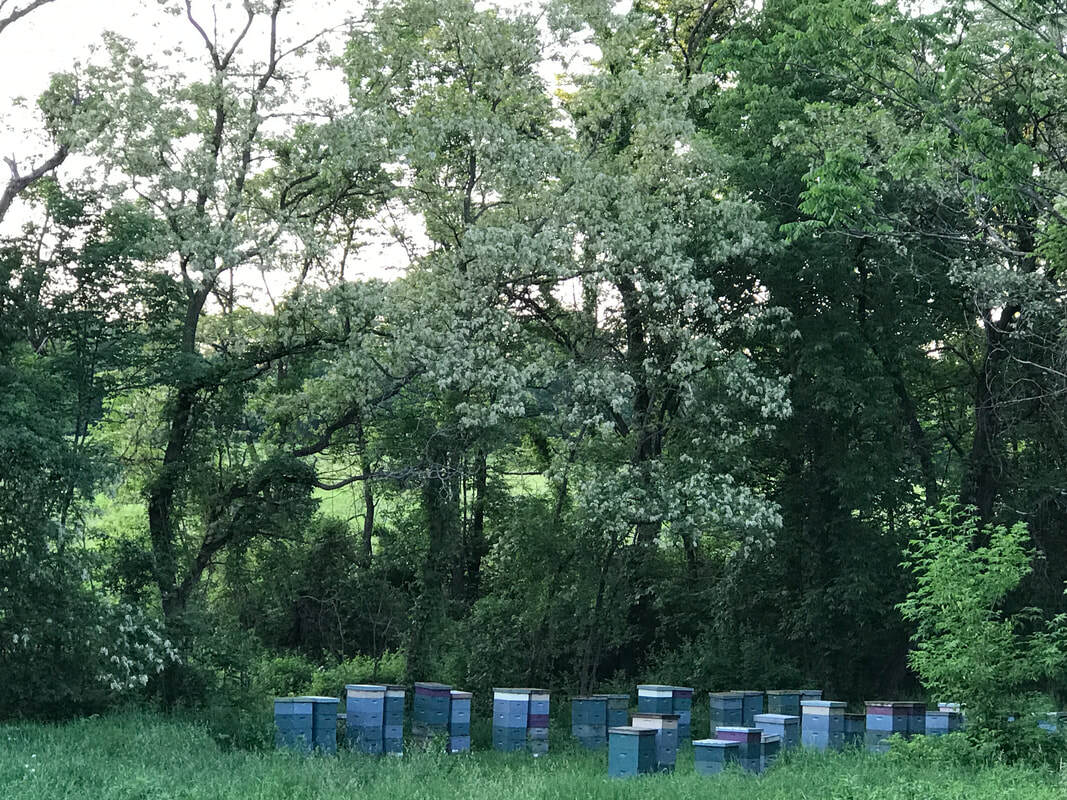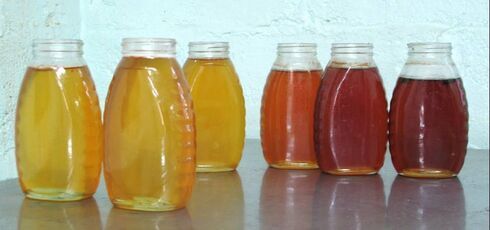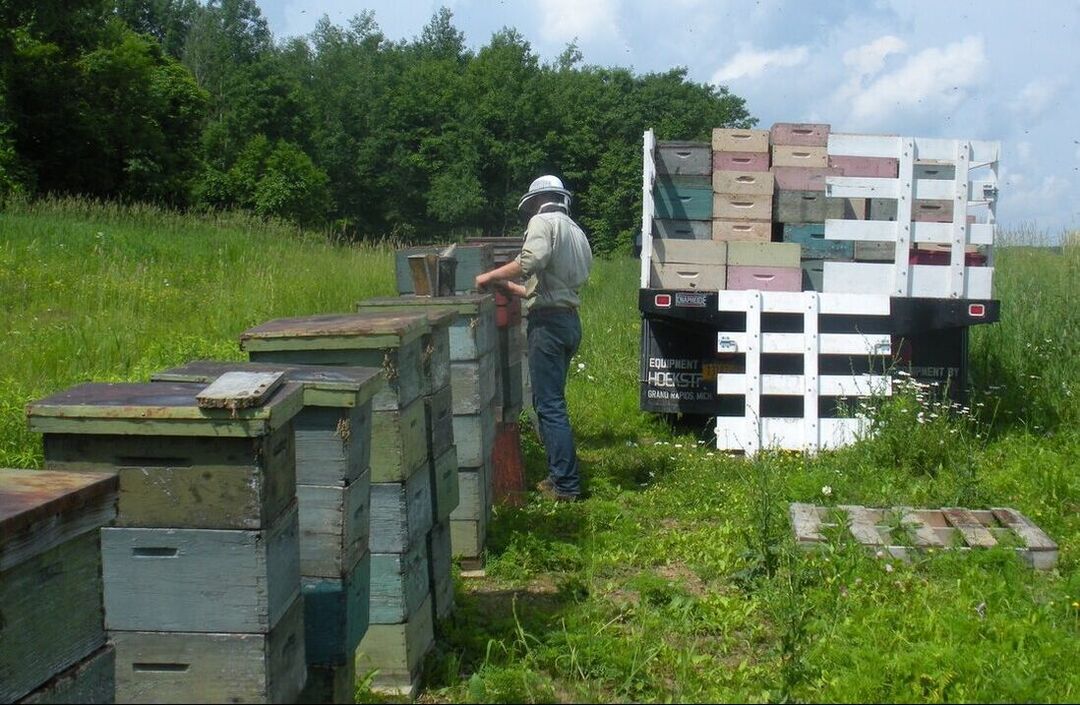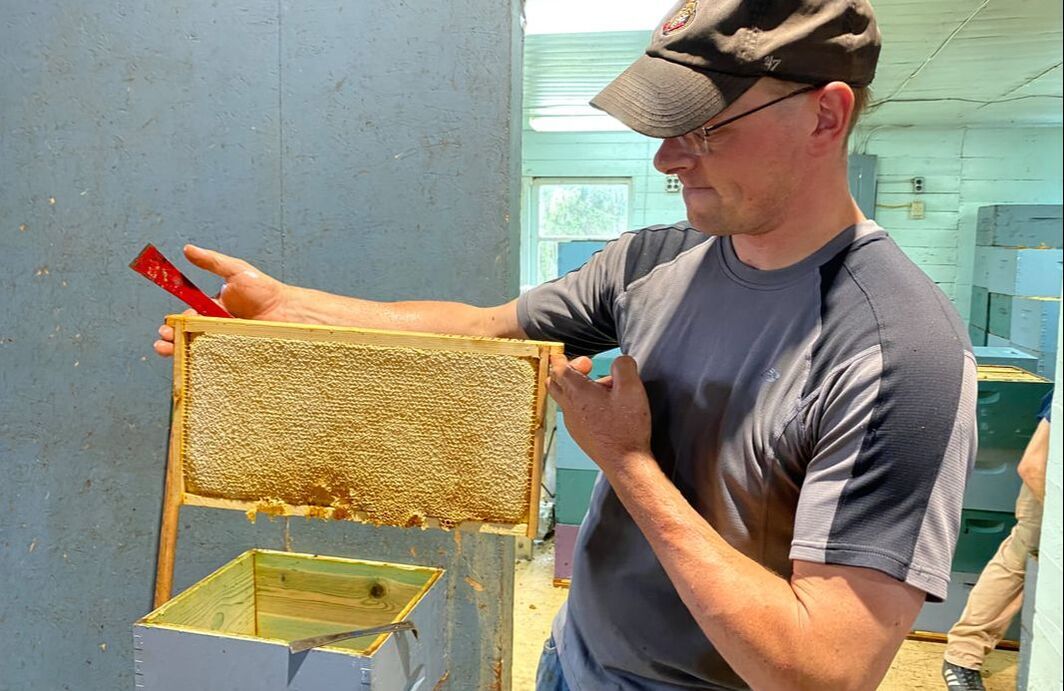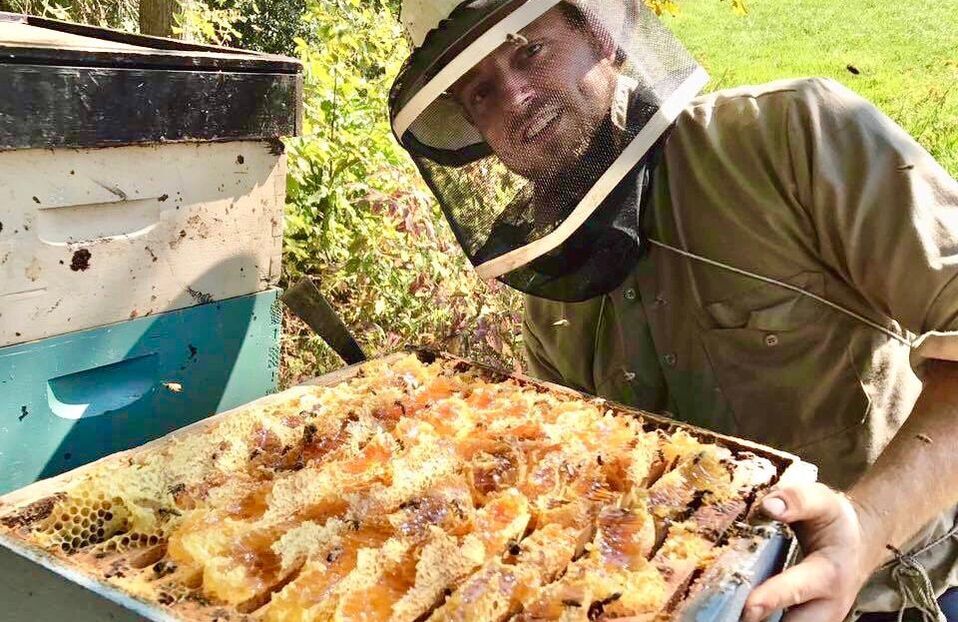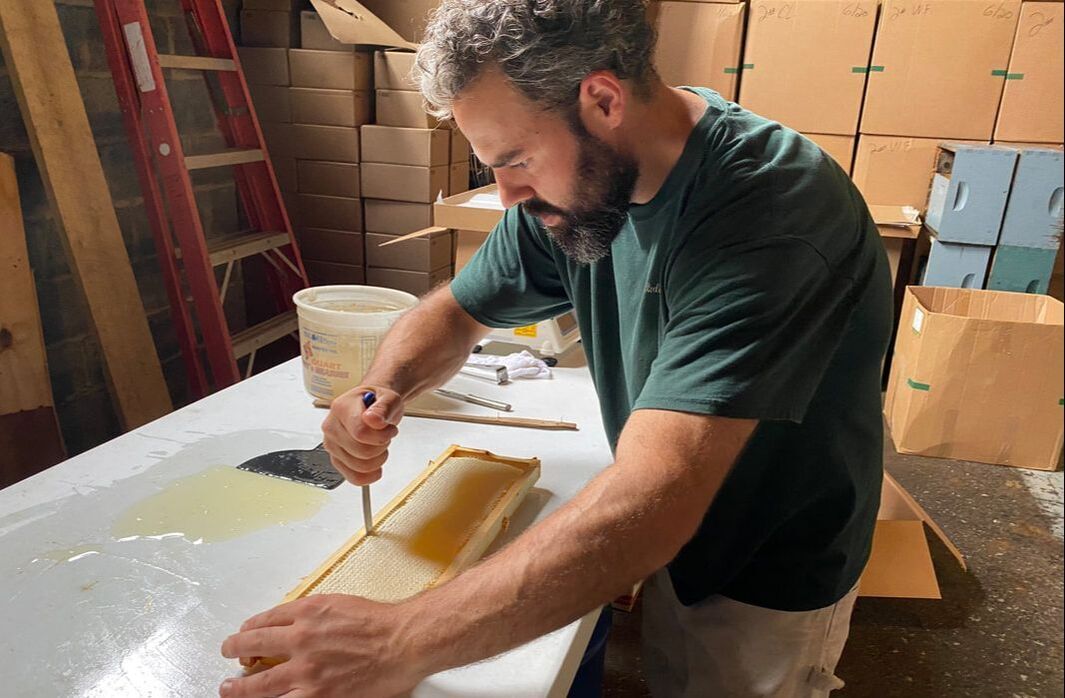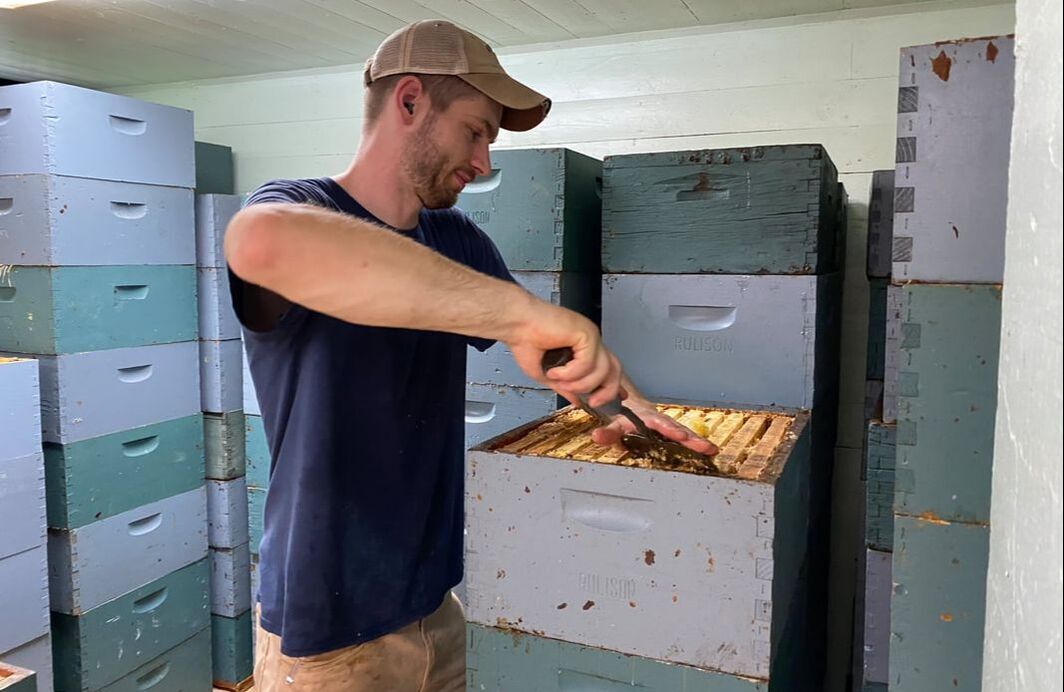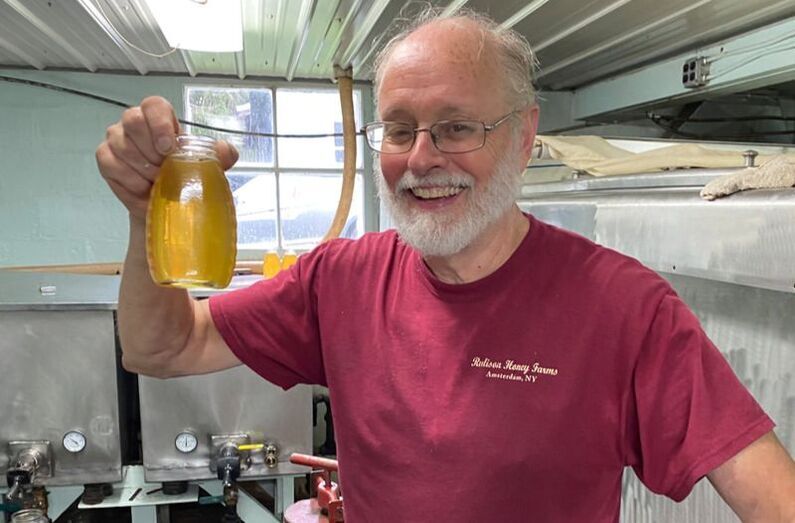Pure Honey
"...Eat honey because it is good, and the honeycomb which is sweet to your taste."
Proverbs 24:13, NKJV
Proverbs 24:13, NKJV
PURE, ALL NATURAL, LOCAL
Rulison Honey Farms is proud to provide our customers with honey and beeswax products straight from our hives. From start to finish, our beekeepers work diligently to guarantee their customers fine, all natural products. Our honey is unfiltered, never pasteurized, and heated just enough to allow for bottling, which our beekeepers do by hand. This ensures that our honey, whether raw or not, retains the local floral pollen grains and flavors from the flora of the Mohawk and Hudson Valleys of upstate New York.
Have you ever wondered...
- Why are there different colors of honey?
- What is raw honey?
- What do bees do in the cold winter months?
- Why isn't Rulison honey considered organic?
OUR HONEY VARIETIES
CLOVER
Clover is one of the most popular honey varieties. This classic honey is mild and delicately sweet and is sourced primarily from white clover flowers from the Mohawk Valley region. Delicious stirred into a cup of tea, and for all-purpose use in baking and cooking.
WILDFLOWER
This rich, amber-colored honey is the product of the bees’ own blend of late summer flowers, including goldenrod, knapweed, Japanese knotweed, and more. Enjoy on waffles or french toast, drizzled over a wedge of aged cheese, and in salad dressings and glazes for meat and roasted vegetables.
ORANGE BLOSSOM
Orange blossom honey, sourced from various citrus blossoms, is light and golden in color, with a sweet, floral aroma and a delicate, fruity flavor. It is a wonderful addition to baked goods where a light citrus flavor is sought after.
BUCKWHEAT
This honey, sourced from the small, white flowers of the buckwheat plant, is bold, dark, and similar to molasses in color and consistency. It possesses a robust flavor and is high in antioxidant compounds, making it a popular choice for true honey aficionados. It is excellent for use in BBQ sauces and granola, and delicious on pancakes.
COMB & CUT COMB
This is honey in its purest and most natural form, with its crisp, white, fresh honeycomb, dripping with light, golden honey. It is packed in the round container, hand-cut from the frame and packaged in individual squares, or placed in a glass jar filled with liquid honey. Being a specialty item, we have limited quantities of our comb honey, so get it in the late summer and early fall before it sells out!
Some of our favorite ways to use our comb honey:
Some of our favorite ways to use our comb honey:
- Scoop and stir into plain yogurt, oatmeal, or vanilla ice cream
- Cut and spread on toast, English muffins, biscuits, french toast, pancakes, and waffles
- Garnish cheese, nut, fruit and meat platters
SPREAD STYLE
Also widely known as “creamed honey”, this product is made by blending a small amount of crystalized honey into liquid honey, whipping it to incorporate air bubbles, and chilling to set. This process yields a pale, creamy, smooth, and dripless confection similar to peanut butter. Spread honey should be stored at cool-room temperature or refrigerated in order to best maintain its consistency.
Here are some ways to enjoy it:
Here are some ways to enjoy it:
- Spread on toast, English muffins, biscuits, and crumpets
- Use as a partial sugar substitute when baking cakes and cookies
- Swap with jam on your peanut butter sandwich!
THE SOURCE OF RULISON HONEY
The color, and therefore taste, of our different varieties of honey depends on the floral sources available for the honey bees to forage on throughout their honey-making season. So what flowers are Rulison honey bees gathering their nectar from each season to produce our fresh honey?
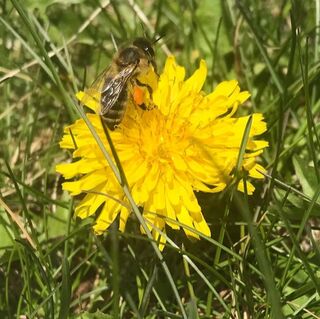
EARLY SPRING Dandelions are especially essential to a colony’s survival after a potentially long, hard winter. This "unsightly" weed provides the first nectar and pollen that honey bees use to feed their brood, or newly-hatched bees, and to build up their population for the upcoming honey producing season.
LATE SPRING New York honey bees begin full swing honey production in the late spring and early summer as the flowering trees bloom, such as black locust and American basswood. These plants yield the lightest colored and flavored honey of the crop, which blend well as part of our clover honey.
LATE SPRING New York honey bees begin full swing honey production in the late spring and early summer as the flowering trees bloom, such as black locust and American basswood. These plants yield the lightest colored and flavored honey of the crop, which blend well as part of our clover honey.
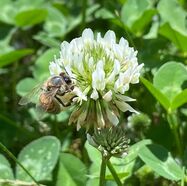
SUMMER Once summer is in full swing, white clover and purple knapweed are prominent sources of nectar for the honey bees, whom will also forage a variety of perennial flowers.
AUTUMN The late summer and early autumn are our wildflower honey production months, when there is an abundance of goldenrod, aster, and Japanese knotweed. The honey produced from these plants is darker and bolder in color and flavor.
